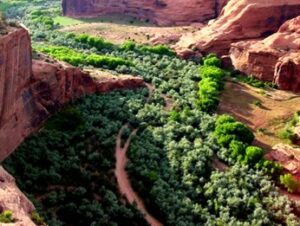

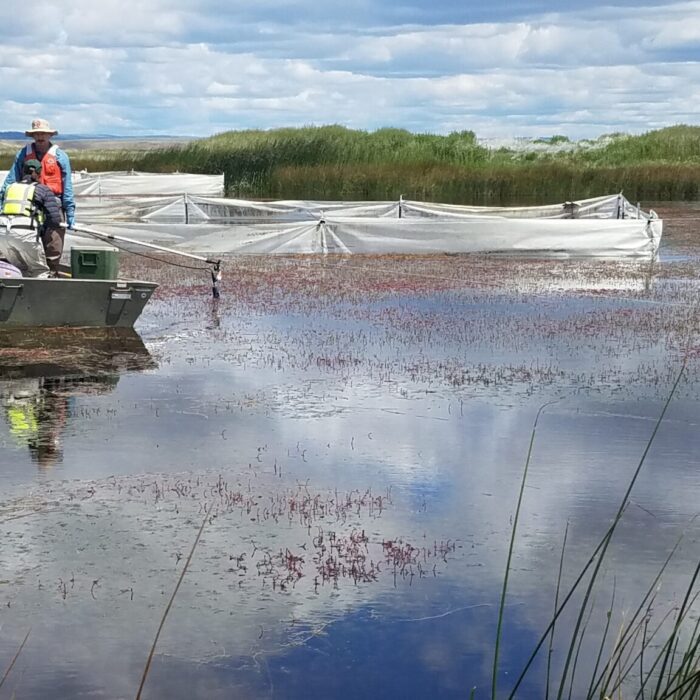
At Malheur Lake, one thing is abundantly clear: the water is anything but, and the decades-long turbid conditions are impacting ecological health of the lake, which is a crucial area for migratory birds along the Pacific Flyway.
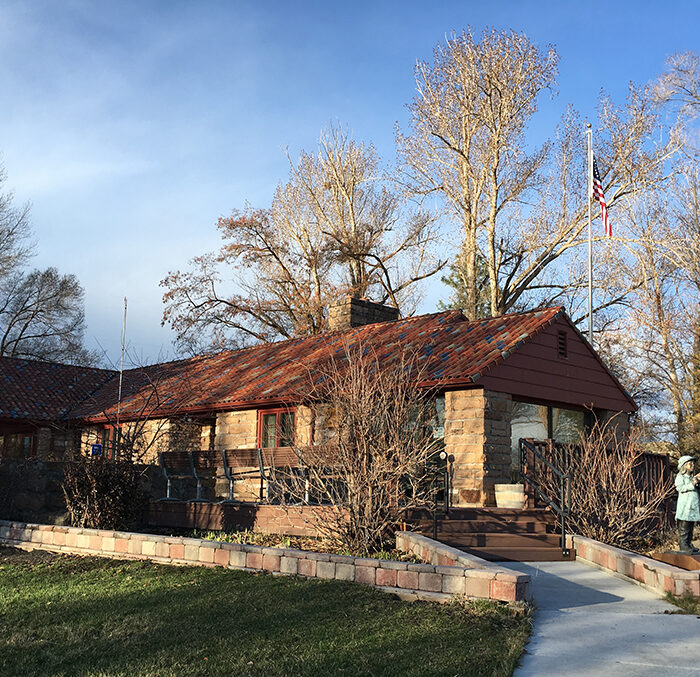

Arborist Jon Brown arrived on September 15 to assess the wind-damaged tree. The front side of the trunk was completely dead and disconnected from the living back portion and the ground. He determined that height reduction was the first step and used a pole saw to reduce and/or remove the live branches that were tall enough to strike the Nature Store in the event of the whole tree failing.
In September, I finished the last of my fieldwork for my master’s project on Malheur Lake. It has been an exciting growing season out on the lake this year, and we have seen a boom in vegetative growth— including annuals, perennials, and vegetatively-producing perennials (plants with rhizomes). As cooler weather rolled in, some areas of the lake that have been lacking vegetation historically are seeing quick growth of cattail.
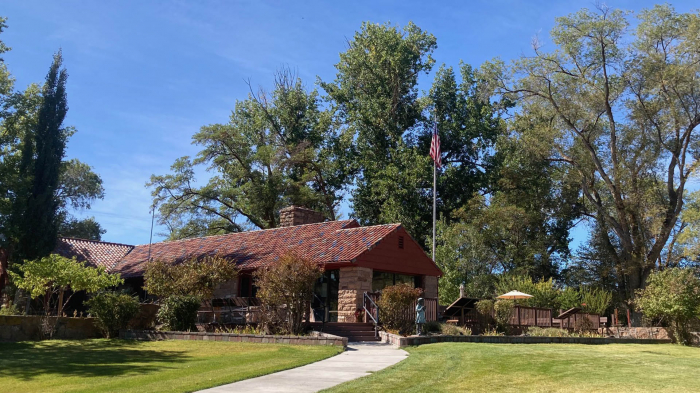

Malheur National Wildlife Refuge is experiencing the negative effects of extended drought and landscape scale climate change. Some of the issues that are having immediate and significant effects comprise of drying springs, stressed and dying trees, and capacity challenges to the domestic well that services our buildings.
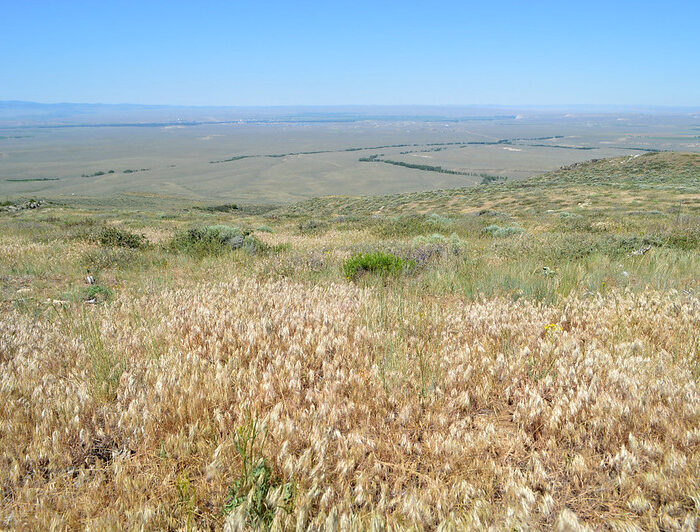

Written by Peter Pearsall/Photo by Jennifer Strickland/USFWS Cheatgrass (Bromus tectorum) got its start on American soil in the 1890s, transported from its native Eurasia in grain shipments across the Atlantic.
View our profile to learn more about our non-profit transparency.
Learn how you can get a qualified tax credit with your donation.
Donations are used across the Refuge for a variety of projects and programs that support our mission.